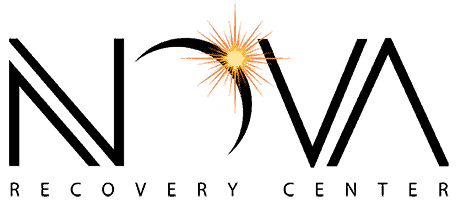Addiction Prevention: Evidence‑Based Ways Individuals, Families, and Communities Can Reduce Risk
GET HELP TODAY!
100% Confidentiality Guaranteed


At a Glance: Key Facts About Addiction Prevention
Addiction prevention works best early—adolescence is a critical window to strengthen protective factors and reduce risks.
Evidence-based strategies include family communication, school programs, and community coalitions that teach coping and refusal skills.
Harm reduction saves lives with tools like naloxone and fentanyl test strips, which reduce overdose risk.
Screening and early intervention using tools such as the DAST and SBIRT catch problems before they escalate.
Medication-assisted treatment (MAT/MOUD) helps prevent relapse and supports long-term recovery from opioid use disorder.
Support is available 24/7 through hotlines, chat crisis lines, and local treatment and prevention services.
What Is Addiction Prevention?
Addiction prevention means using proven strategies to reduce the likelihood that someone will start misusing substances—or progress to a substance use disorder (SUD). It includes personal habits, family and school practices, community policies, and health‑care actions that lower risk factors and strengthen protective factors across a person’s life. In public health language, prevention spans everything from delaying first use and building skills to reducing harms, connecting people to care early, and supporting long‑term recovery. Authoritative bodies such as NIDA, CDC, SAMHSA, and WHO stress that prevention works best when it’s science‑based and consistent.
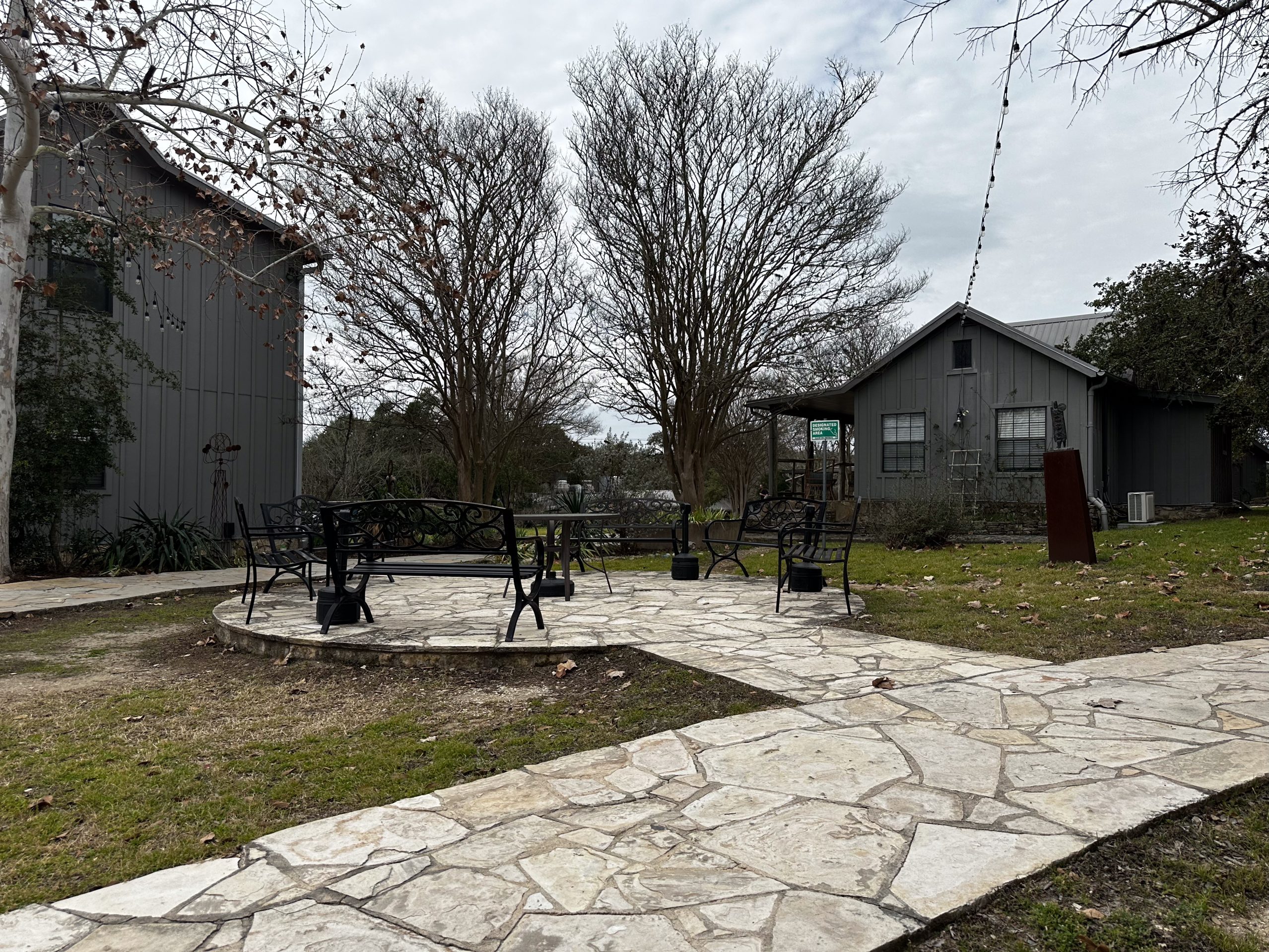

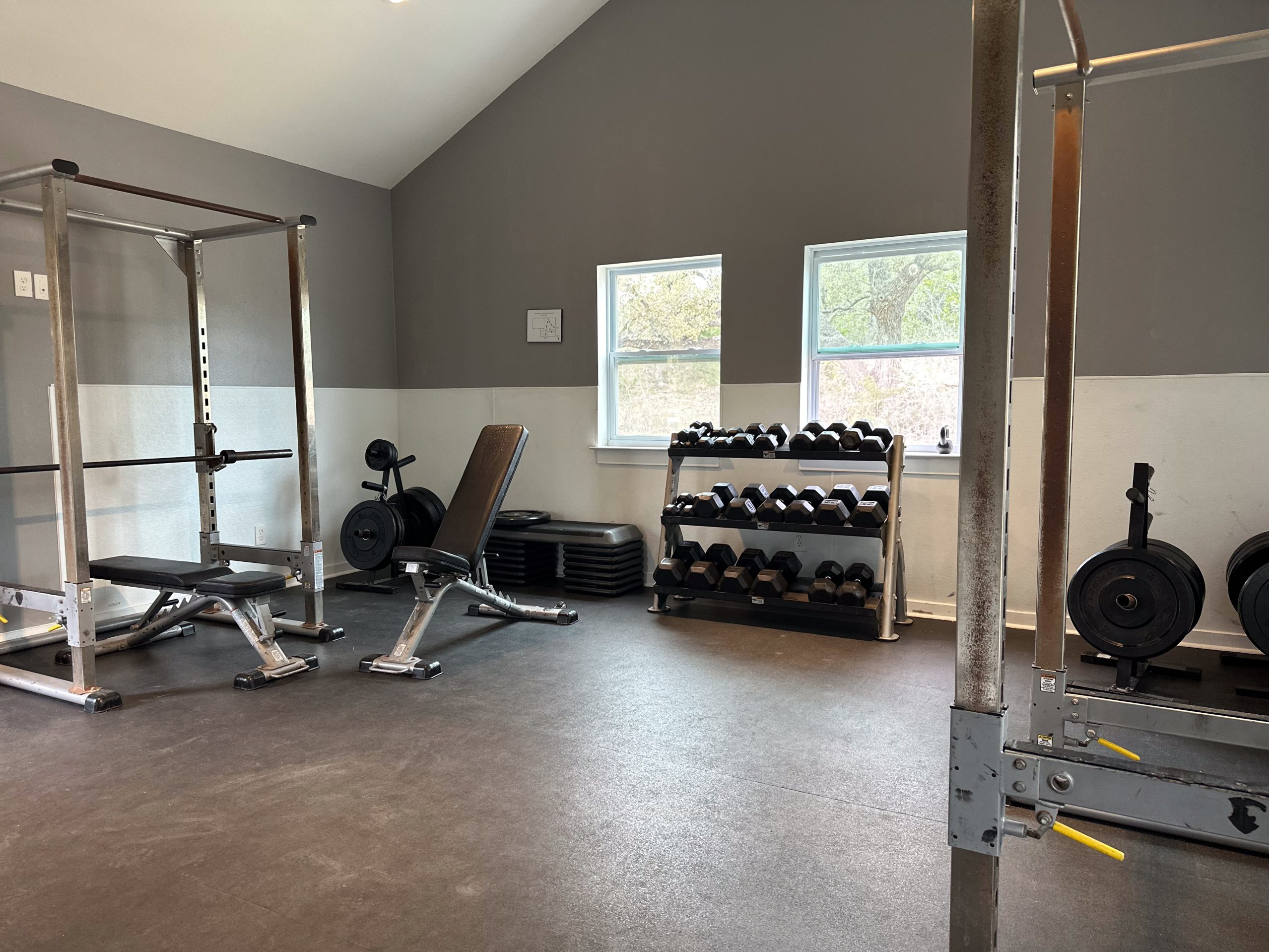



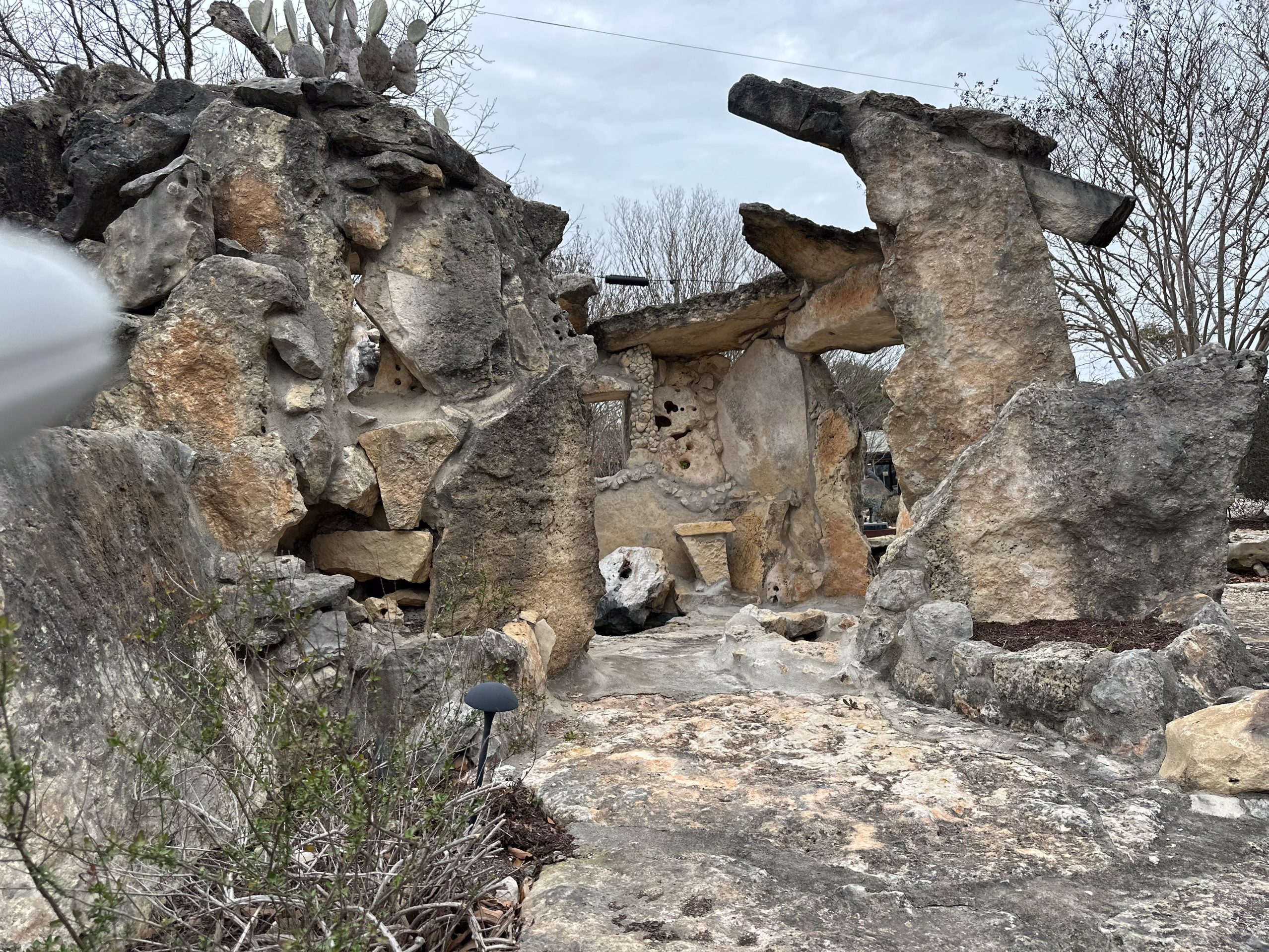

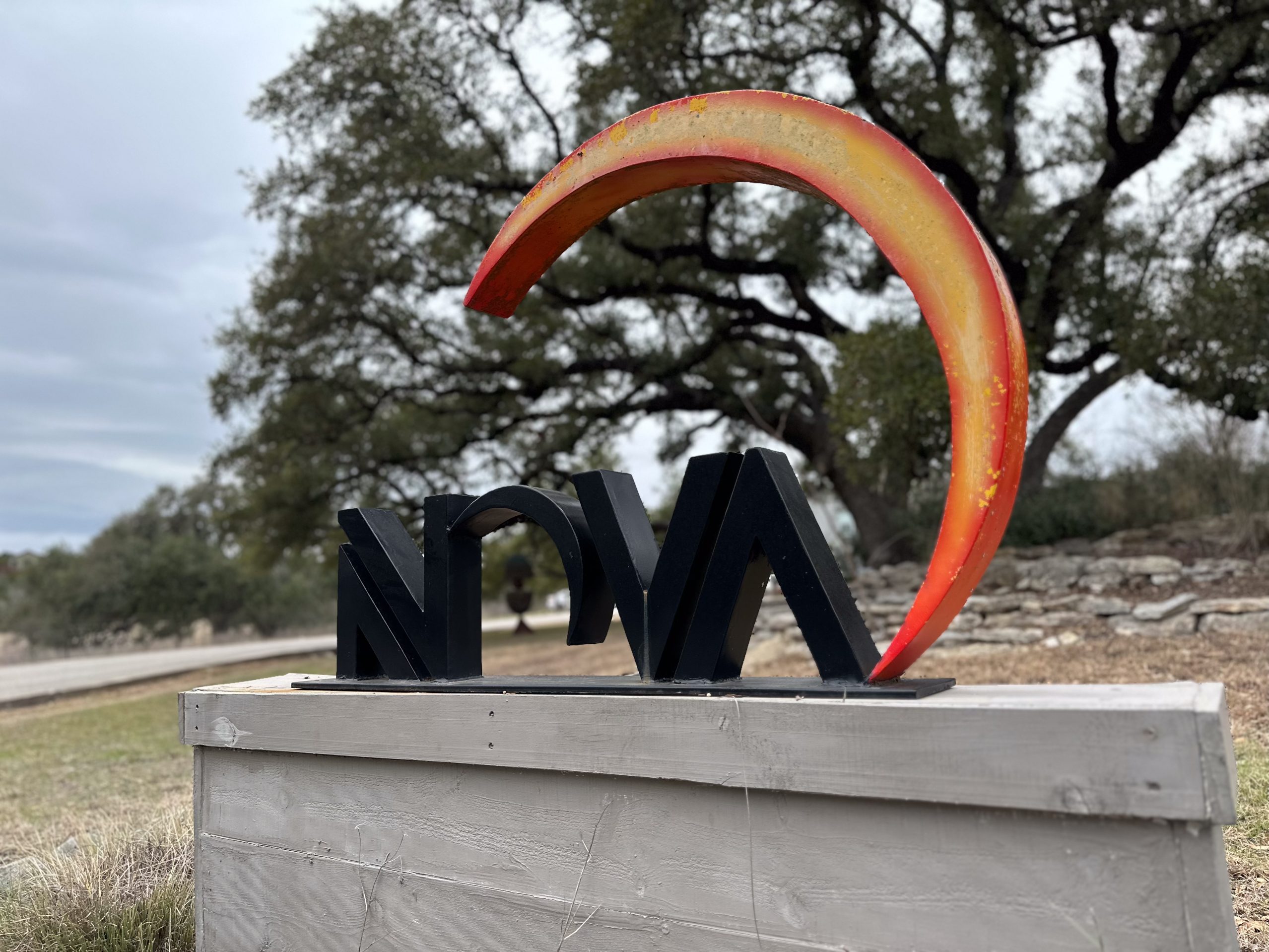

Why prevention matters now
In recent years, overdose and addiction have impacted nearly every community. Evidence‑based prevention reduces the onset of misuse, lowers overdose risk, and improves community health. CDC emphasizes that early, comprehensive strategies—paired with access to treatment—prevent deaths and improve outcomes.
The language we use reduces stigma
Using person‑first, non‑stigmatizing terms (e.g., “person with a substance use disorder” rather than “addict”) increases the chances that people will seek help and that providers offer evidence‑based care. Changing language is a small step with measurable impact.
How Addiction Starts: Risk and Protective Factors
Prevention starts with understanding why some people are more vulnerable. Risk factors include early exposure to substances, trauma, mental health conditions, unstable housing, social isolation, and easy access to drugs or alcohol. Protective factors include supportive relationships, positive school climate, clear family rules, coping skills, and meaningful community involvement. The most effective prevention plans aim to reduce risks while building protectionsat the same time.
Why adolescence is a critical window
NIDA highlights adolescence as a high‑impact prevention window: brain systems that govern judgment and impulse control are still developing, which can magnify peer pressure and novelty‑seeking. Preventing or delaying early use significantly lowers later addiction risk. Transitions (middle school, high school, moving out) are moments of elevated vulnerability—and opportunity for targeted prevention.
Protective factors you can strengthen this week
Establish consistent, age‑appropriate rules about substance use at home.
Share clear expectations and consequences—calmly and consistently.
Increase bonding opportunities (family meals, shared activities).
Help teens practice refusal skills and plan for “what if” scenarios.
Stay engaged with schools, coaches, and mentors; ask about drug prevention programs and substance use preventioncurricula.
Three Levels of Prevention (Primary, Secondary, Tertiary)
Public health organizes prevention into three levels:
Primary: stop problems before they start (education, norms, policies that reduce access/appeal).
Secondary: identify risk early and intervene (screening, brief interventions, referral).
Tertiary: reduce harms and prevent recurrence (treatment, recovery supports, harm reduction).
A complementary lens in prevention science is Universal, Selective, and Indicated programs:
Universal: delivered to everyone in a setting (all students/parents).
Selective: delivered to groups with elevated risk.
Indicated: delivered to individuals showing early signs or behaviors.
Evidence‑Based Strategies That Work
Prevention is most successful when it’s grounded in theories of behavior change and targets the risk/protective factors that matter most in your setting. Decades of research support this approach in youth and families.
Family, school, and community programs
Family‑focused programs: strengthen communication, consistent rules, parental monitoring, and warmth.
School‑based programs: build social‑emotional skills, correct norms misperceptions, and teach refusal skills; multi‑year programs outperform one‑off assemblies.
Community coalitions: coordinate policies, support alternative activities, and run campaigns that align with evidence.
Drug prevention programs and substance use prevention campaigns
Your state health department and SAMHSA maintain lists of approved evidence‑based programs and prevention campaigns (e.g., Talk. They Hear You.). Use those to choose interventions with proven impact.
Smoke/smoking cessation medication and alcohol strategies
Harm Reduction: Safety That Saves Lives
Harm reduction doesn’t condone use—it reduces deaths and injuries and is a pillar of national overdose prevention strategy.
Naloxone (fentanyl reversal) and how to get it
Naloxone rapidly reverses opioid overdose and is increasingly available without a prescription. Community programs, pharmacies, and public health agencies distribute it and train people to use it. Place it where overdoses are likely, and make sure friends/family know how to administer it.
How to use fentanyl test strips
Fentanyl test strips (FTS) help detect fentanyl in pills/powders and can reduce risk when paired with other safety steps (never use alone; go slow; carry naloxone). Many harm reduction services distribute FTS; check local policies.
Harm reduction services, supplies, and programs
Look for programs that offer overdose education, naloxone, FTS, safer‑use supplies, linkage to care, and non‑judgmental support. These harm reduction programs are evidence‑informed and community‑based.
Screening & Early Intervention
Substance abuse assessment & the DAST screening tool
Early detection prevents progression. Primary care, schools, and community clinics may use tools like the DAST screening tool and SBIRT (Screening, Brief Intervention, Referral to Treatment) to identify risk and connect people to help. Screening is not a diagnosis, but it guides next steps.
When to talk to a drug counselor or SUD counselor
Consider a drug counselor, SUD counselor, or drug and alcohol abuse counselor if you notice increasing frequency/quantity, using to cope, withdrawal from activities, or relationship/work problems. Many counselors can perform a substance abuse assessment and coordinate care. If there’s imminent risk (suicidal thoughts, overdose), call 988 or emergency services immediately.
More Time. More Joy. More You. Start Now.
WE ACCEPT MOST INSURANCES







Opioids: Prevention, Treatment, and Overdose Risk
Understanding opioid use disorder (OUD)
OUD is a medical condition that changes the brain and behavior, leading to loss of control over opioid use despite harm. It’s treatable, and prevention and early treatment save lives.
Medication‑assisted treatment (MAT/MOUD): Suboxone induction, injection, and dosing conversations
Medications for Opioid Use Disorder (MOUD)—such as buprenorphine (Suboxone®), methadone, and naltrexone—reduce withdrawal and cravings, lower overdose risk, and improve retention in care.
Suboxone induction (starting buprenorphine) should be guided by a clinician; timing and dosing depend on clinical assessment to avoid precipitated withdrawal.
Suboxone injection (extended‑release formulations) and dose of Suboxone decisions are individualized by prescribers.
Methadone dose is clinic‑supervised and adjusted carefully.
Discuss any medication assisted treatment medications (including benefits/risks) with a licensed provider; do notattempt to self‑dose. CDC and SAMHSA emphasize MOUD access as a core prevention and overdose strategy.
Youth & Families
Teenage substance abuse—prevention and when to seek adolescent care
If warning signs appear—changes in friends, secrecy, slipping grades, avoiding favorite activities—seek evaluation. Some situations call for teenage substance abuse treatment centers or drug rehab for adolescent care levels. Choose programs that are developmentally appropriate and include family involvement.
Conversations that work at different ages
Start early and keep talking. Use short, frequent chats; ask open questions; set clear expectations. National campaigns (e.g., Talk. They Hear You.) provide scripts and activities you can adapt at home and in schools.
Freedom Starts Here. Take Back Your Life Today.
Same-Day Admissions in Austin Available.
You Can Recover — Let’s Begin
Nova Recovery Center plays a vital role in addiction prevention by offering education, resources, and personalized support to individuals and families at every stage of the recovery journey. Through evidence-based programs, clients learn coping skills, relapse prevention strategies, and healthier ways to handle stress and life challenges. The center emphasizes the importance of early intervention, providing substance abuse assessments and access to professional counselors who can identify risks before they escalate. In addition, Nova Recovery Center supports communities by promoting awareness of harm reduction services, medication-assisted treatment options, and tools like naloxone and fentanyl test strips to reduce overdose risks. Family involvement is also encouraged, helping loved ones strengthen protective factors and establish supportive environments. With a focus on holistic care, Nova Recovery Center addresses the mind, body, and spirit to create a foundation for lasting sobriety. By combining professional guidance with compassionate support, the center empowers clients to build resilience, make healthier choices, and prevent relapse. This comprehensive approach ensures that prevention is not only about avoiding initial substance misuse but also about sustaining long-term recovery and wellness.
Get help today. Reach out now to start your path to healing.
Frequently Asked Questions About Addiction Prevention Strategies and Programs
Addiction prevention is one of the most searched topics for individuals, families, and communities who want to reduce the risks of substance misuse. To make this page more useful, we’ve answered the most common questions about prevention strategies, drug prevention programs, and ways to support long-term recovery. These answers are based on evidence-based resources.
What are the best ways to prevent addiction?
Strengthen protective factors (family rules/monitoring, positive school climate), delay first use, teach refusal/coping skills, and create consistent, supportive environments. Pair with policy‑level actions and, for opioids, overdose prevention (naloxone, fentanyl test strips) and access to treatment.
What are the 3 levels of prevention for substance use?
Primary (before problems start), Secondary (early identification and brief intervention), and Tertiary (reduce harm and recurrence through treatment and recovery supports).
What’s the difference between universal, selective, and indicated prevention?
Universal targets everyone in a setting; selective targets groups with higher risk; indicated helps individuals showing early warning signs.
Why is adolescence so important for prevention?
Brains are still developing; early use raises later addiction risk. Transitions (middle/high school, moving out) increase vulnerability—an ideal time to act.
Do harm reduction strategies really prevent deaths?
Yes. Wider naloxone access and safer‑use education reduce fatal overdoses; fentanyl test strips help people detect hidden fentanyl and adjust behaviors.
What role do parents and caregivers play?
A major one. Clear expectations, monitoring, bonding, and frequent, calm conversations reduce risk. Use SAMHSA campaigns (Talk. They Hear You.) for scripts and tools.
How do schools and communities prevent substance misuse?
Implement evidence‑based curricula, train staff, correct norms misperceptions, enforce policies consistently, and coordinate across coalitions using proven programs.
What is SBIRT, and when is screening helpful?
SBIRT uses validated tools (e.g., DAST) to catch risk early, deliver brief counseling, and refer to care. It’s not a diagnosis but improves outcomes.
Is medication‑assisted treatment part of prevention?
Yes—by stabilizing people with OUD, MOUD lowers overdose risk and supports recovery, reducing future harms.
